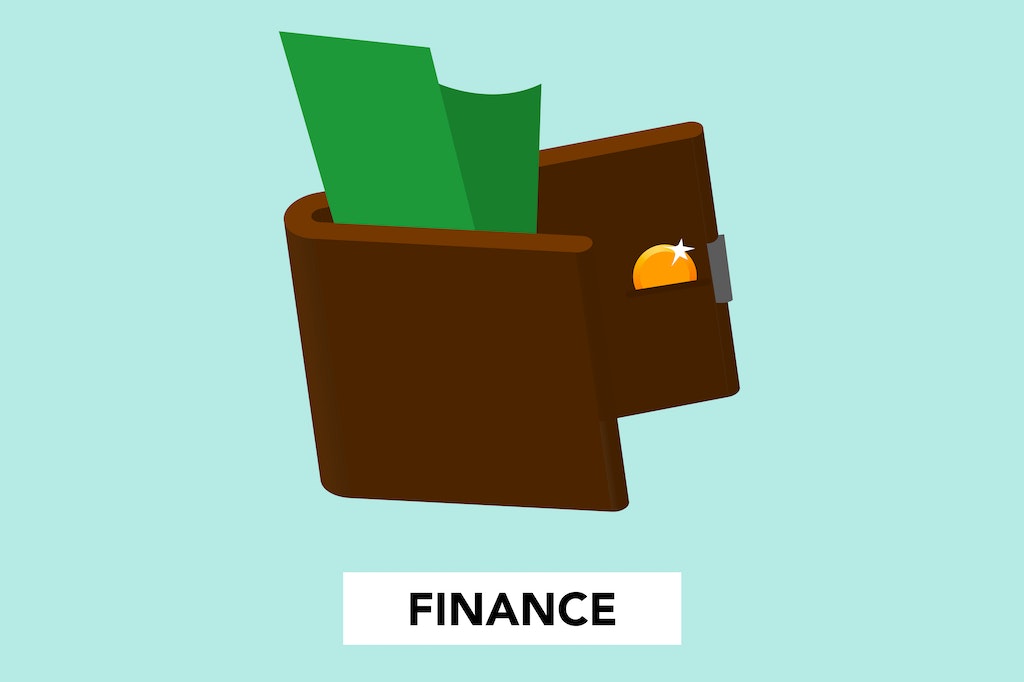With the way that cryptocurrencies have changed the financial landscape, there is now a demand for safe and practical storage options. Due to the complexity of the crypto ecosystem, conventional wallets are no longer sufficient. Web3 wallets were created as a result, revolutionizing how people connect with, store, and manage their digital assets. The development of Web3 wallets, the factors influencing it, and the cutting-edge features that are revolutionizing how we store cryptocurrency will all be covered in this article.

Rising web3 wallet use
Web3 wallets are software programs that help users securely store and manage their cryptocurrencies. They are sometimes referred to as blockchain wallets or digital wallets. By utilizing blockchain technology, these wallets offer a decentralized and open method of managing digital assets. Web3 wallets, in contrast to conventional wallets, do not require middlemen like banks or financial organizations, providing individuals total control over their money.
Multiple asset support
Wallets were created in the early days of cryptocurrencies to support a small number of assets, typically Bitcoin or Ethereum. But as the crypto ecosystem evolved, so did the need for wallets that could control many assets at once. Due to this, Web3 wallets now frequently support several assets. A variety of cryptocurrencies, including altcoins and tokens created on different blockchain systems, can now be managed by modern wallets. Due to its adaptability, users can conveniently and efficiently handle a variety of digital assets by managing their varied portfolios within a single wallet.
Additional security measures
Security has consistently been a top priority in the bitcoin industry. In order to combat this, Web3 wallets have developed and now include cutting-edge security mechanisms. Modern Web3 wallets now come bundled with security features like hardware wallet integration, two-factor authentication (2FA), and biometric authentication. Particularly hardware wallets give an extra layer of security by keeping private keys offline and away from potential online dangers. Users may manage their cryptocurrencies with confidence knowing that their funds are secure thanks to the integration of these security measures.
Integration of DeFi

Decentralized finance (DeFi) has become quite popular, giving users many options for interest-earning, lending and borrowing assets, and taking part in liquidity pools. This idea has been welcomed by Web3 wallets by including DeFi protocols. Users may easily communicate with DeFi platforms straight from their wallets thanks to these connections. Without leaving the Web3 wallet interface, users can quickly access decentralized exchanges, contribute money to liquidity pools, and stake their assets for rewards. Users now have simple access to decentralized financial services thanks to this integration between wallets and DeFi, which opens up a world of financial potential for them.
On-the-go access and mobile wallets
Mobile wallets have become more popular in the Web3 ecosystem as smartphones have become an essential part of our daily lives. Users of mobile wallets can use their smartphones to access their cryptocurrency at any time and anywhere. These wallets offer a user-friendly interface designed specifically for mobile devices, making it simple to transfer and receive money, track the success of a portfolio, and communicate with dApps while on the go. For people who prefer the comfort and portability of managing their digital assets from their cellphones, mobile wallets have opened up new possibilities.
User Interface (UI) and User Experience (UX) Improvements
User interface and user experience have been extremely important in the development of Web3 wallets.
Early wallets frequently had a learning curve and were difficult to use, which prevented widespread adoption. In order to solve this, wallet developers concentrated on improving the user interface and experience, making wallets more simple to use. Nowadays, modern wallets provide smooth onboarding procedures, unmistakable menus, and streamlined asset management interfaces. With these updates, users are better able to comprehend and use Web3 wallets’ features and functions, opening up crypto storage and management to a wider range of users.
Management of identity decentralized
Decentralized identity management is among the innovative features of Web3 wallets that are fascinating. Users of traditional wallets are frequently required to go through a centralized identity verification procedure that involves disclosing personal information to outside parties. Individuals will be given ownership and control over their identities through decentralized identity management systems, enabling them to handle their personal data in a secure manner. With Web3 wallets’ adoption of decentralized identity protocols, users can verify themselves and use a variety of services without risking their privacy or depending on centralized authority. This invention improves privacy while also doing away with the necessity for several logins and accounts on various platforms.
Integration of non-fungible tokens (NFT)
A fresh wave of innovation in Web3 Wallet technology has been triggered by the rise of non-fungible tokens (NFTs). NFTs are distinctive digital assets that can signify ownership of a range of things, including virtual property, collectibles, and digital art. NFT support is now available in Web3 wallets, enabling users to store, manage, and exchange these digital assets. Users may simply examine their NFT collections, take part in NFT marketplaces, and communicate with NFT-based decentralized applications thanks to NFT integration. Users now have more options to investigate the rapidly developing world of digital ownership and distinctive digital experiences thanks to this innovation.